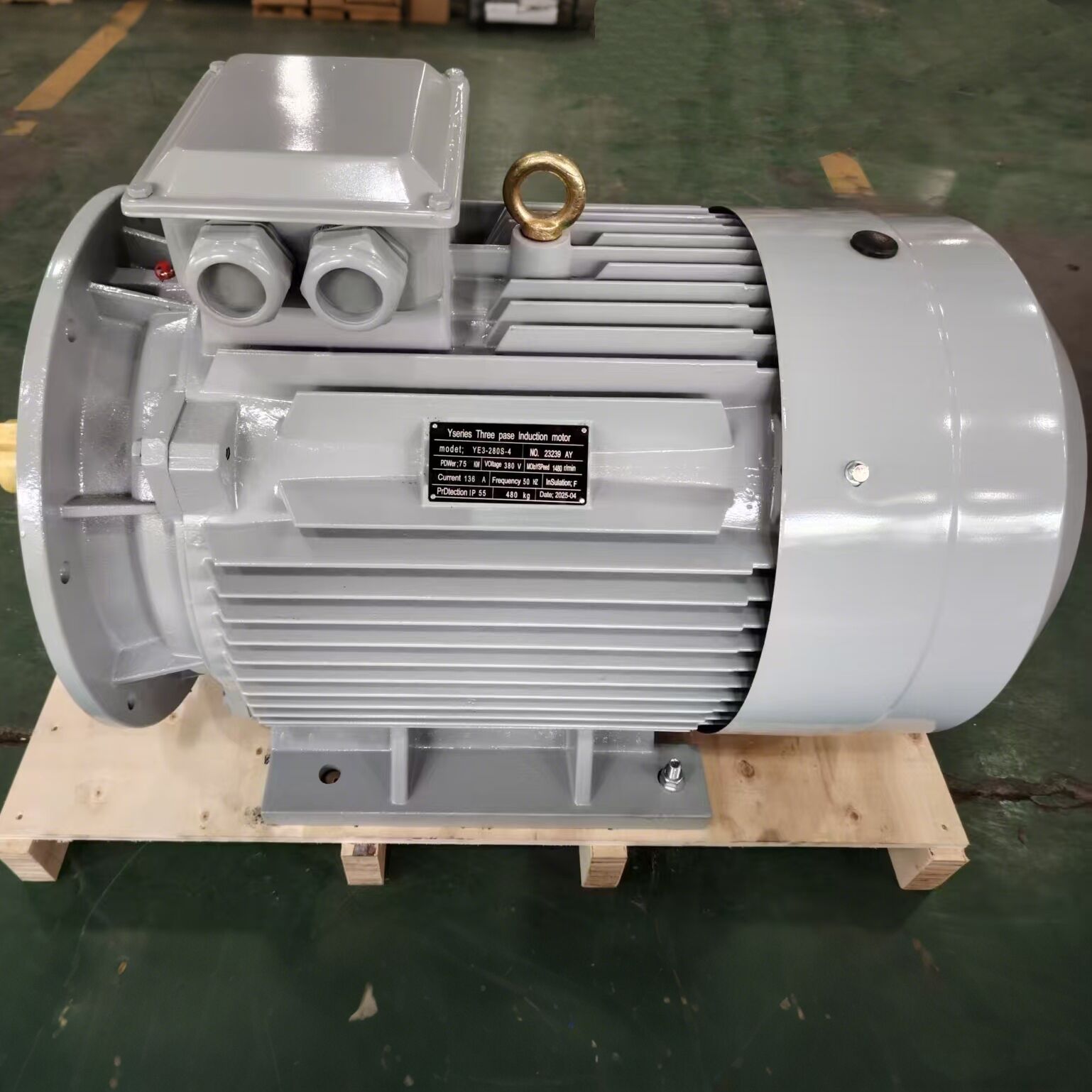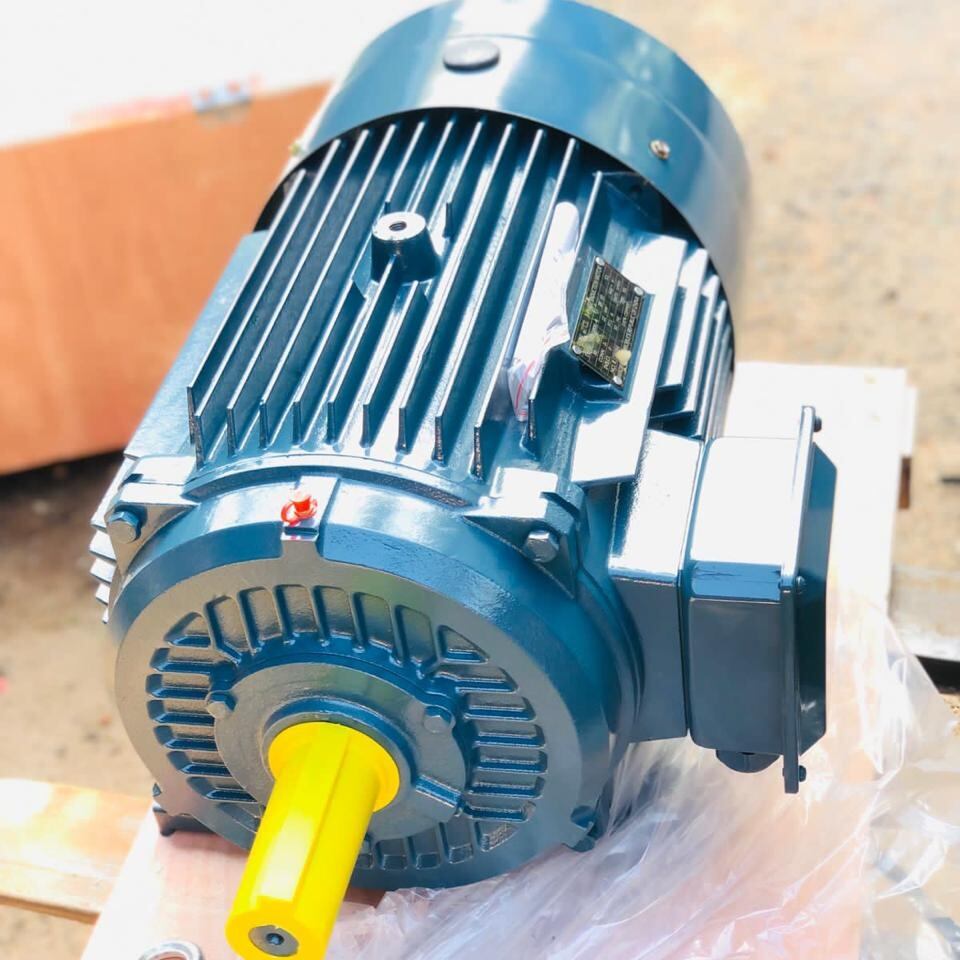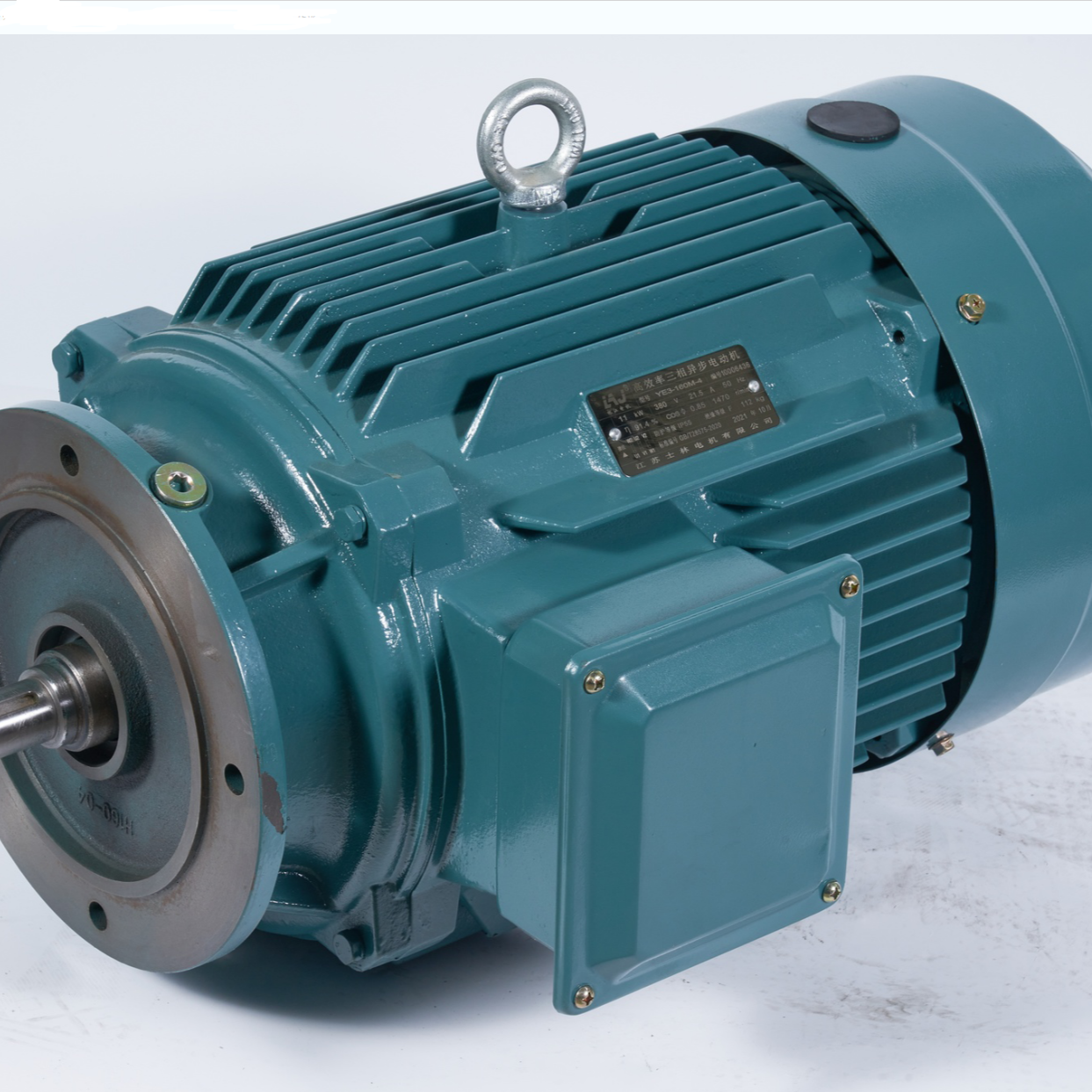asynchronous motor rotor
The asynchronous motor rotor is a critical component in electric motor systems, serving as the rotating part that converts electrical energy into mechanical motion. This essential element consists of a cylindrical core made from laminated electrical steel sheets, with aluminum or copper conducting bars embedded in slots around its circumference. These conducting bars are connected at both ends by shorting rings, forming what's commonly known as a squirrel cage structure. When the stator's rotating magnetic field interacts with the rotor, it induces currents in the conducting bars, creating its own magnetic field. The interaction between these magnetic fields generates the torque necessary for rotation. The rotor's design allows for efficient operation at various speeds, making it particularly suitable for industrial applications. Its robust construction, featuring die-cast aluminum or copper conductors, ensures durability and reliability under demanding operating conditions. The rotor's speed naturally lags slightly behind the stator's magnetic field rotation, creating the characteristic slip that gives these motors their asynchronous nature. This design enables smooth operation and self-starting capability under load, while the simple construction minimizes maintenance requirements and enhances operational longevity.



